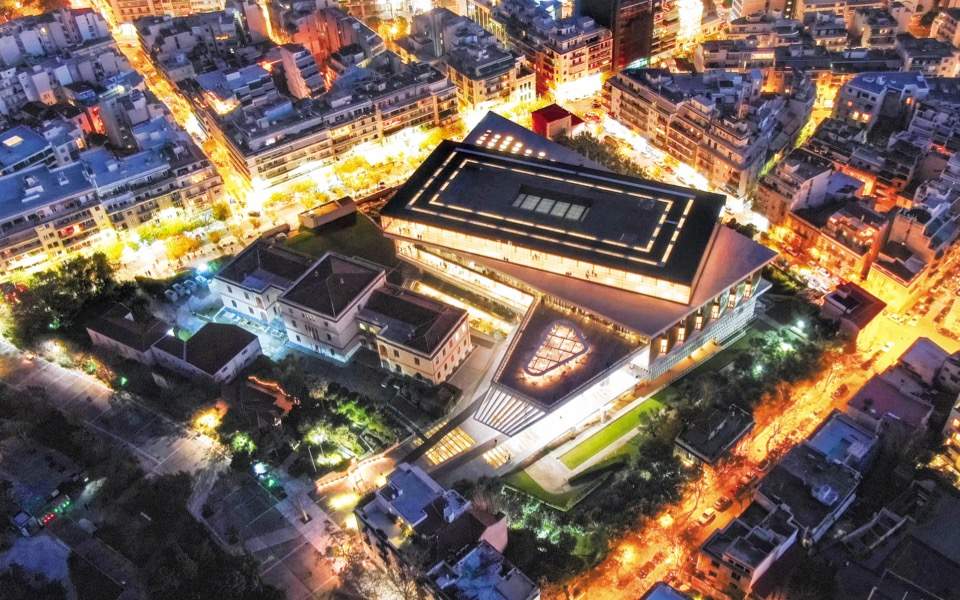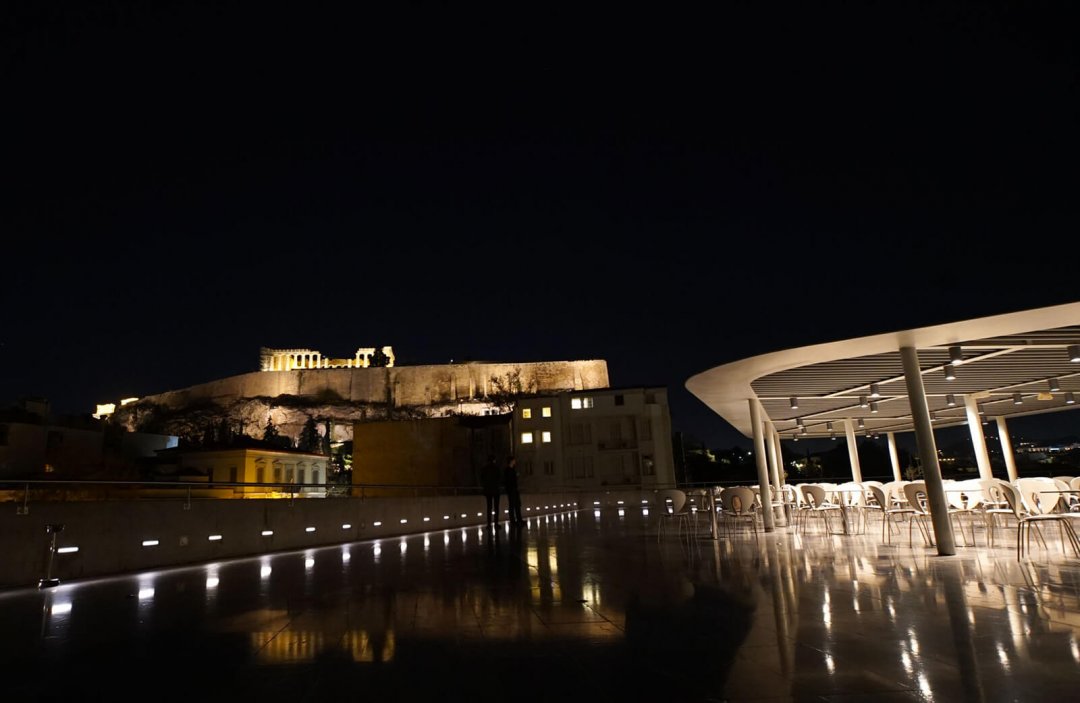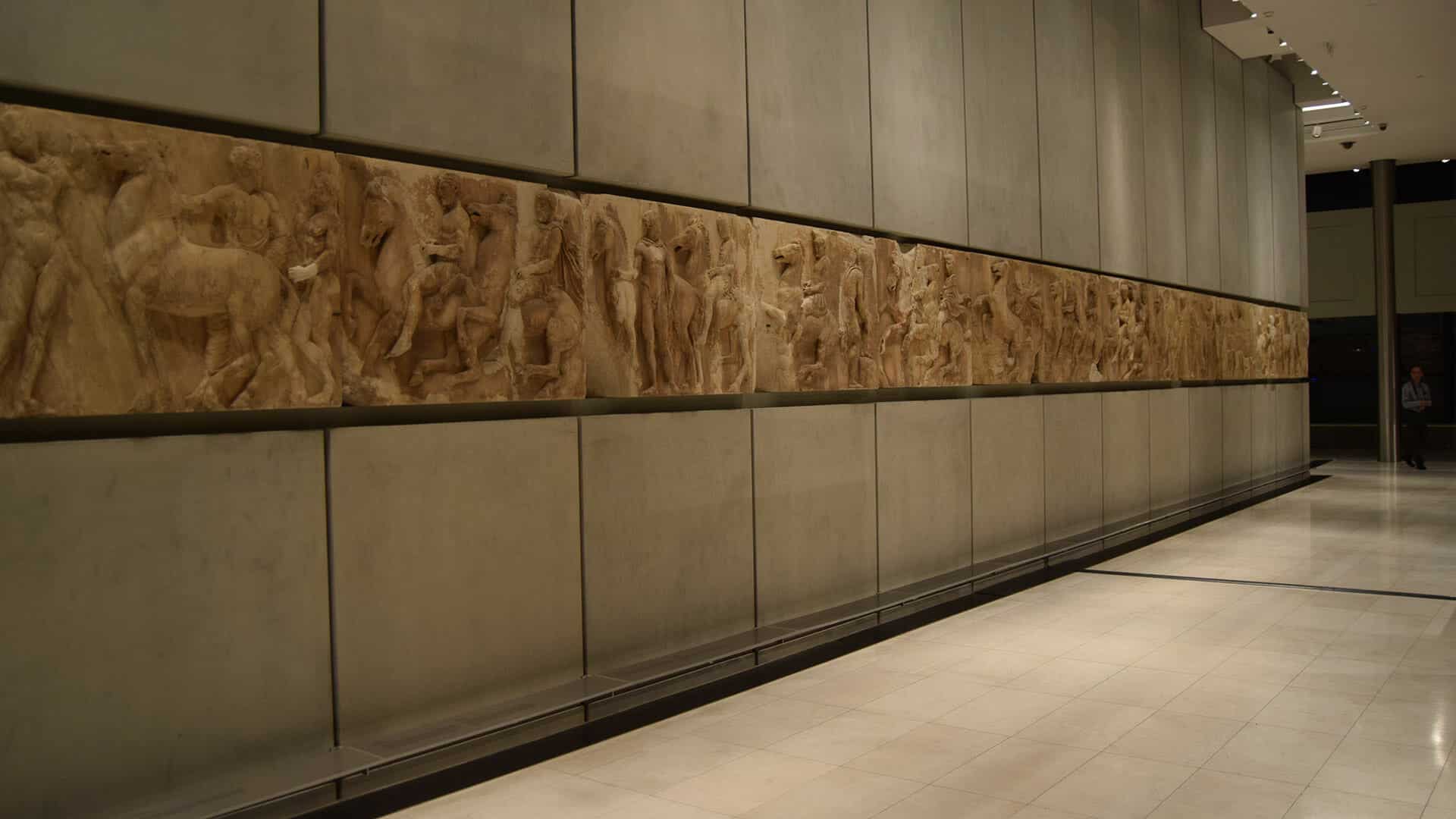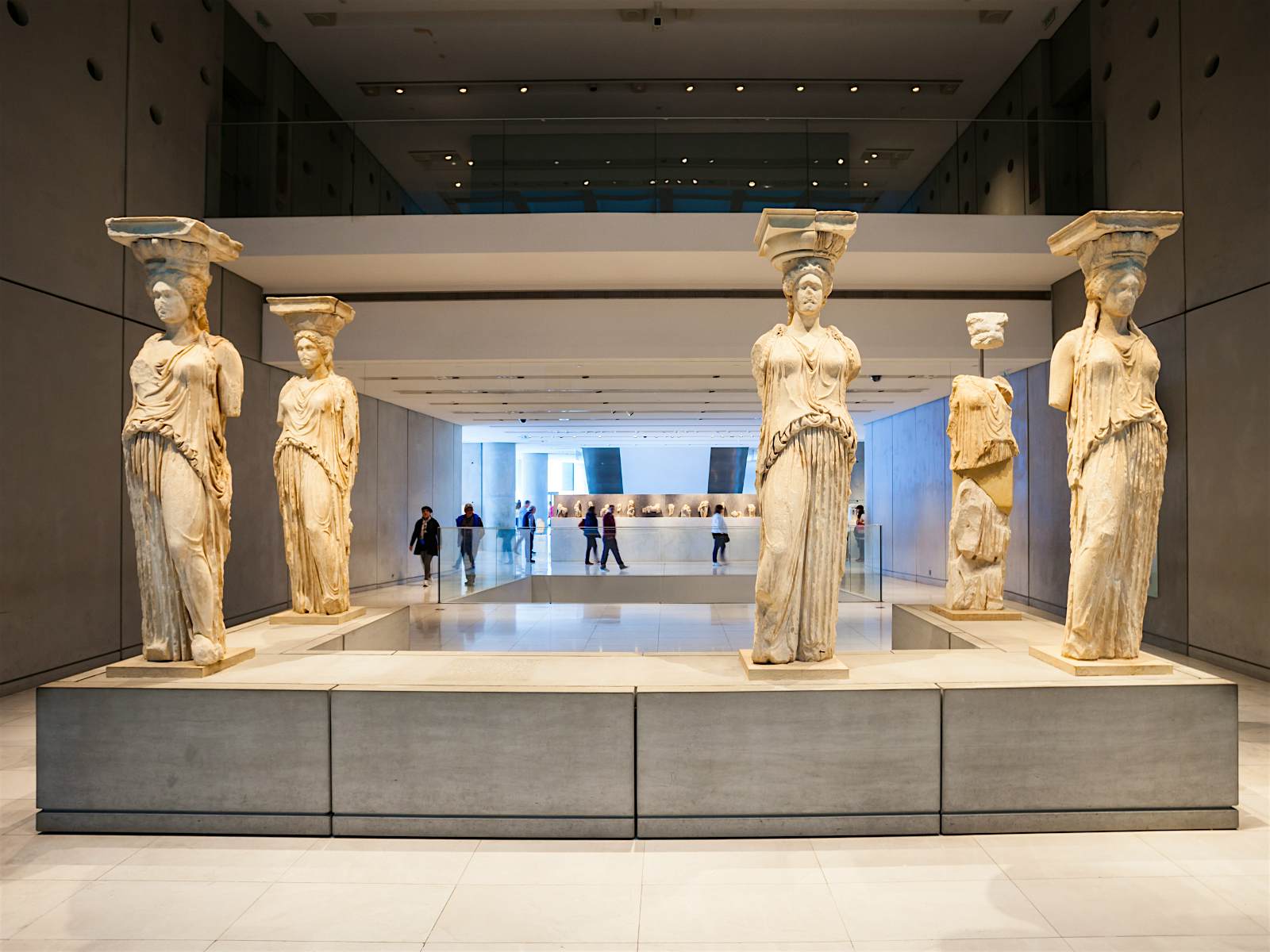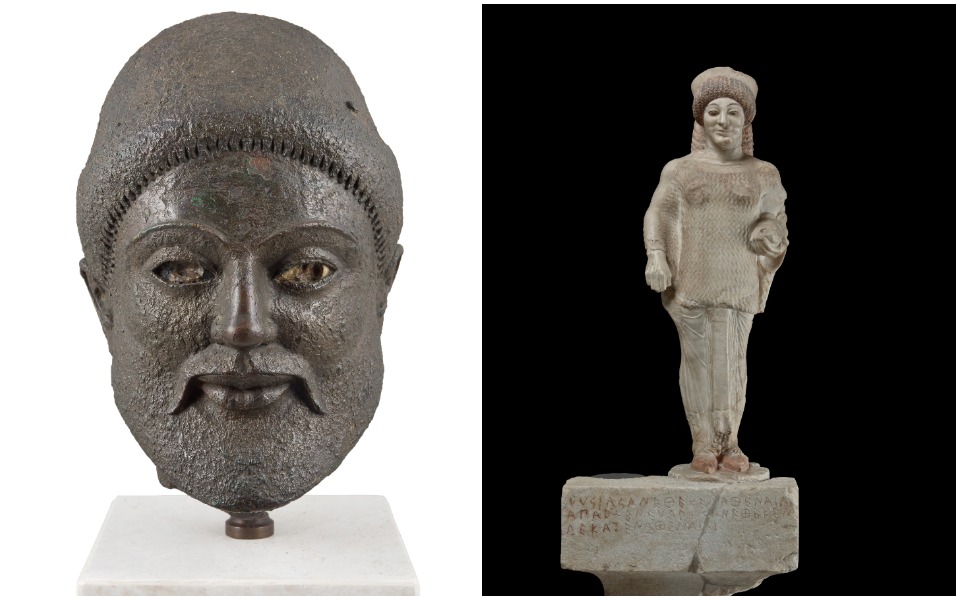Given our ever-growing familiarity with digital cultural experiences, the Acropolis Museum’s newly launched virtual edition is a welcome development. Visitors will be surprised by the original point of view.

www.ekathimerini.com
Given our ever-growing familiarity with digital cultural experiences, the Acropolis Museum’s newly launched virtual edition is a welcome development. Visitors will be surprised by the original point of view and will certainly want to go back to the site again and again – while it also offers users the opportunity to plan their visit to see its breathtaking collection in person once the Covid restrictions are lifted and the museum reopens its doors.
“Research carried out by museums has shown that an interesting digital tour only strengthens the visitor’s desire to physically visit the museum and see the pieces depicted in the photographs up close,” says Stamatia Eleftheratou, the director of the Acropolis Museum’s collections and exhibitions, who spoke to Kathimerini about the new initiative.
Available at the museum’s regular web address (theacropolismuseum.gr) via the menu bar or by scrolling down to see the different options available, the richly illustrated digital edition takes visitors around the museum’s halls and provides information on its temporary exhibits, special events, educational and family activities, research, conservation and new technologies. It is also the first Greek museum to display all of its permanent exhibits online, along with explanatory notes. This cornucopia of information and knowledge is, moreover, available in English, German, Italian, French and Spanish.
The site currently depicts the 2,156 items in the permanent exhibition and will be enriched gradually with three-dimensional views and information on other artifacts in storage, along with an interactive glossary, a bibliography, more photographs, drawings and, in certain cases, videos.
“Nothing can replace the experience of a proper museum visit, but the portal is a marvelous substitute, and not just because of the current situation,” says Eleftheratou. “Basically, it complements and/or strengthens a physical visit, while also giving remote audiences a very good idea of the space, its operation, its activities and its collections.”
It is an impressive endeavor that has so far involved the management of 27,755 digital archives connected to 10,557 items, the digitization of 496 handwritten excavation logs, 110,000 photographs, 18,410 documentation forms for movable finds and 7,500 conservation logs. It also involved photographing 500 exhibits from different angles, while 60 of them were also scanned.
This dynamic and multifaceted digital archive is a font of knowledge and discovery for experts and amateurs alike.
“The museum’s entire life over the past 12 years or so unfolds on this portal,” says Eleftheratou, advising visitors to give themselves ample time to become acquainted with how the site works so they can reap its full benefits.
She also encourages people to take the extra time to explore and experiment with the interactive displays, to give their favorite pieces their close attention – just as they would during a visit in person – to immerse themselves in the material and to take advantage of the expert knowledge provided by the Acropolis Museum’s archaeologists.
Our digital tour started with the bronze head of the statue of a hoplite, a stunning example of the many bronze statues dedicated by the Athenians to the Acropolis. It depicts a bearded man with eyes made of glass – perhaps a warrior who offered this image of himself to the sanctuary of Athena. Why hasn’t anything been found of his body? The reason may be because recycling materials was common practice at ancient Greek sanctuaries and the body may have been used to craft a new piece, while the head was salvaged and buried where it was found, near the Propylaia, out of respect for its significance.



